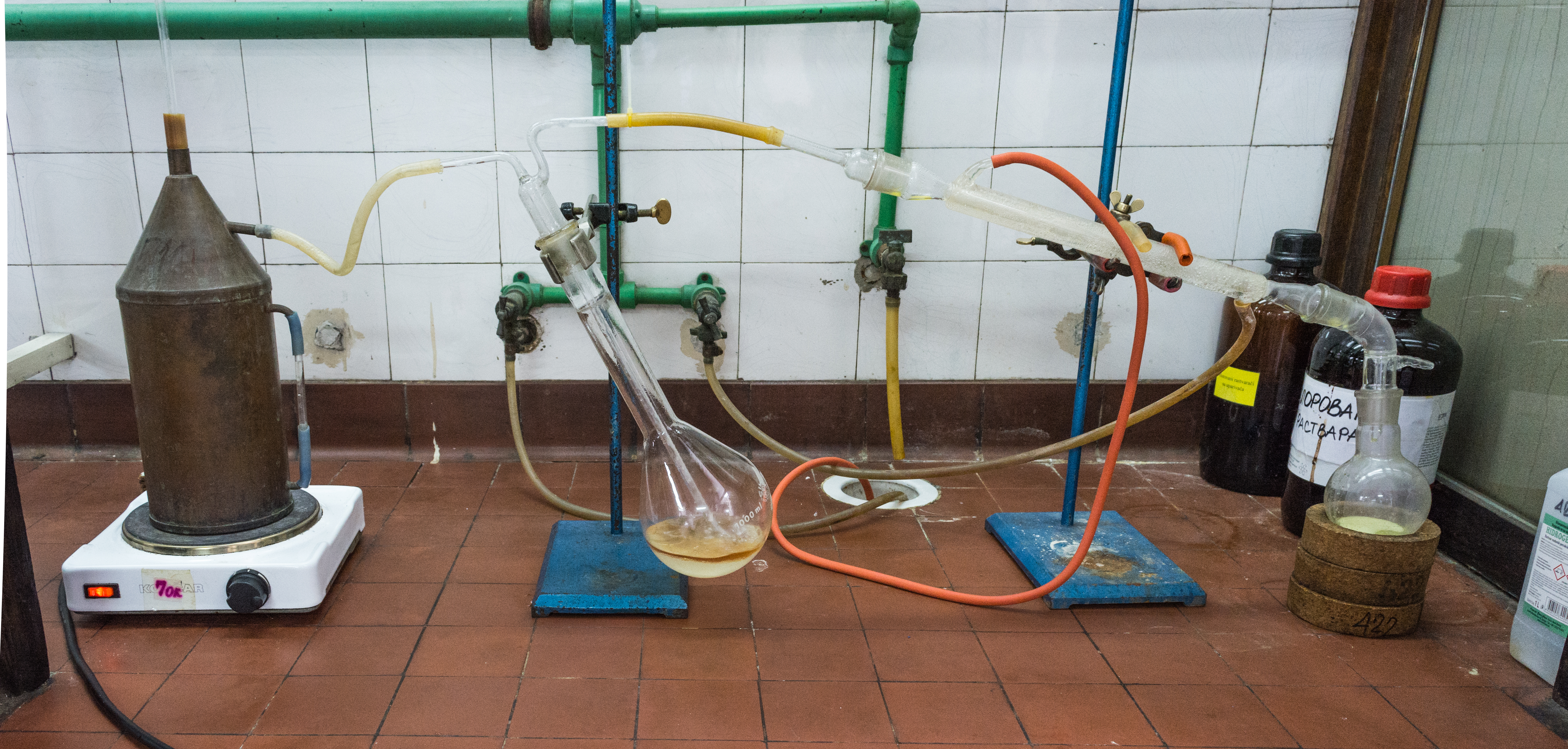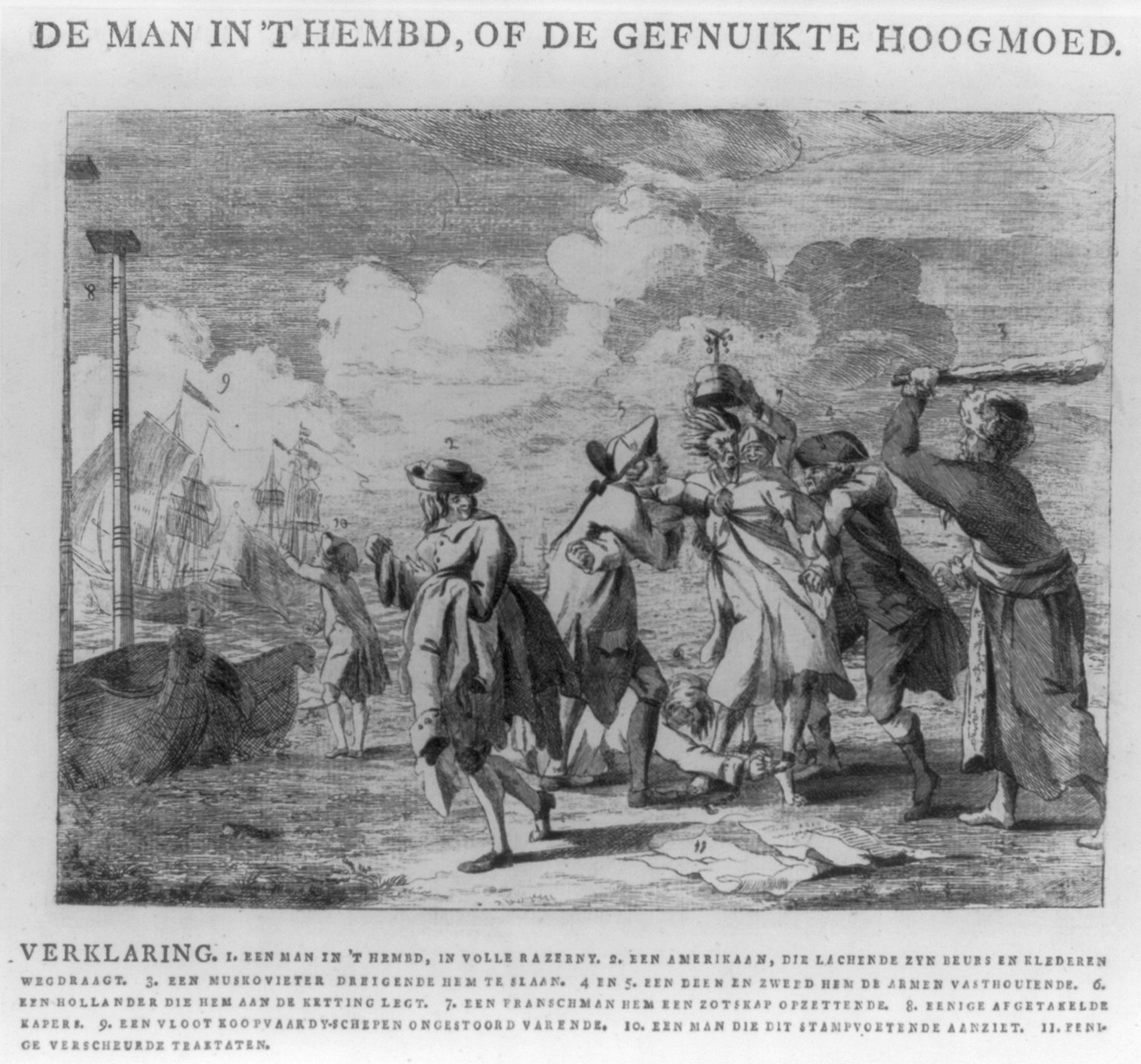|
Naval Stores
Naval stores are all liquid products derived from conifers. These materials include rosin, tall oil, pine oil, and terpentine. The term ''naval stores'' originally applied to the organic compounds used in building and maintaining wooden sailing ships, a category which includes cordage, mask, turpentine, rosin, pitch and tar.These materials were originally used for water- and weather-proofing wooden ships. Presently, they are used to manufacture soap, paint, varnish, shoe polish, lubricants, linoleum, and roofing materials. History Ships made of wood required a flexible material, insoluble in water, to seal the spaces between planks. Pine pitch was often mixed with fibers like hemp to caulk spaces which might otherwise leak. Crude gum or oleoresin can be collected from the wounds of living pine trees. Colonial North America The Royal Navy relied heavily upon naval stores from American colonies, and naval stores were an essential part of the colonial economy. Masts came ... [...More Info...] [...Related Items...] OR: [Wikipedia] [Google] [Baidu] |
Pinus Strobus
''Pinus strobus'', commonly called the eastern white pine, northern white pine, white pine, Weymouth pine (British), and soft pine is a large pine native to eastern North America. It occurs from Newfoundland, Canada west through the Great Lakes region to southeastern Manitoba and Minnesota, United States, and south along the Appalachian Mountains and upper Piedmont to northernmost Georgia and perhaps very rarely in some of the higher elevations in northeastern Alabama. It is considered rare in Indiana. The Native American Haudenosaunee named it the "Tree of Peace". It is known as the "Weymouth pine" in the United Kingdom, after Captain George Weymouth of the British Royal Navy, who brought its seeds to England from Maine in 1605. Distribution ''P. strobus'' is found in the nearctic temperate broadleaf and mixed forests biome of eastern North America. It prefers well-drained or sandy soils and humid climates, but can also grow in boggy areas and rocky highlands. In mi ... [...More Info...] [...Related Items...] OR: [Wikipedia] [Google] [Baidu] |
Shipbuilding
Shipbuilding is the construction of ships and other floating vessels. It normally takes place in a specialized facility known as a shipyard. Shipbuilders, also called shipwrights, follow a specialized occupation that traces its roots to before recorded history. Shipbuilding and ship repairs, both commercial and military, are referred to as " naval engineering". The construction of boats is a similar activity called boat building. The dismantling of ships is called ship breaking. History Pre-history The earliest known depictions (including paintings and models) of shallow-water sailing boats is from the 6th to 5th millennium BC of the Ubaid period of Mesopotamia. They were made from bundled reeds coated in bitumen and had bipod masts. They sailed in shallow coastal waters of the Persian Gulf. 4th millennium BC Ancient Egypt Evidence from Ancient Egypt shows that the early Egyptians knew how to assemble planks of wood into a ship hull as early as 3100 BC. Egyptia ... [...More Info...] [...Related Items...] OR: [Wikipedia] [Google] [Baidu] |
Naphtha
Naphtha ( or ) is a flammable liquid hydrocarbon mixture. Mixtures labelled ''naphtha'' have been produced from natural gas condensates, petroleum distillates, and the distillation of coal tar and peat. In different industries and regions ''naphtha'' may also be crude oil or refined products such as kerosene. ''Nephi'' and ''naphthar'' are sometimes used as synonyms. It is also known as Shellite in Australia. Etymology The word ''naphtha'' is from Latin and Ancient Greek (νάφθα), derived from Middle Persian ''naft'' ("wet", "naphtha"), the latter meaning of which was an assimilation from the Akkadian ''napṭu'' (see Semitic relatives such as Arabic ''nafṭ'' petroleum" Syriac ܢܰܦܬܳܐ ''naftā'') and Hebrew נֵפְט ''neft'' (meaning petroleum). In Ancient Greek, it was used to refer to any sort of petroleum or pitch. There is a hypothesis that the word is connected with the name of the Indo-Iranian god Apam Napat, which occurs in Vedic and in Av ... [...More Info...] [...Related Items...] OR: [Wikipedia] [Google] [Baidu] |
Destructive Distillation
Destruction may refer to: Concepts * Destruktion, a term from the philosophy of Martin Heidegger * Destructive narcissism, a pathological form of narcissism * Self-destructive behaviour, a widely used phrase that ''conceptualises'' certain kinds of destructive acts as belonging to the self * Slighting, the deliberate destruction of a building * Final destruction ( End of the World) Comics and gaming * Destruction (DC Comics), one of the Endless in Neil Gaiman's comic book series ''The Sandman'' * Destructoid, a video-game blog Music * Destruction (band), a German thrash metal band * '' ''Destruction'' (EP)'', a 1994 EP by Destruction * "Destruction" (song), a 2015 song by Joywave * "Destruction", a 1984 song by Loverboy featured in Giorgio Moroder’s restoration of the film ''Metropolis'' * "The Destruction", a song from the 1988 musical '' Carrie'' Television and film * "Destruction" (UFO), a 1970 episode of ''UFO'' * ''Destruction'' (film), a 1915 film starring Theda ... [...More Info...] [...Related Items...] OR: [Wikipedia] [Google] [Baidu] |
Steam Distillation
Steam distillation is a separation process that consists in distilling water together with other volatile and non-volatile components. The steam from the boiling water carries the vapor of the volatiles to a condenser; both are cooled and return to the liquid or solid state, while the non-volatile residues remain behind in the boiling container. If, as is usually the case, the volatiles are not miscible with water, they will spontaneously form a distinct phase after condensation, allowing them to be separated by decantation or with a separatory funnel. Steam distillation can be used when the boiling point of the substance to be extracted is higher than that of water, and the starting material cannot be heated to that temperature because of decomposition or other unwanted reactions. It may also be useful when the amount of the desired substance is small compared to that of the non-volatile residues. It is often used to separate volatile essential oils from plant mat ... [...More Info...] [...Related Items...] OR: [Wikipedia] [Google] [Baidu] |
Kraft Process
The kraft process (also known as kraft pulping or sulfate process) is a process for conversion of wood into wood pulp, which consists of almost pure cellulose fibres, the main component of paper. The kraft process involves treatment of wood chips with a hot mixture of water, sodium hydroxide (NaOH), and sodium sulfide (Na2S), known as white liquor, that breaks the bonds that link lignin, hemicellulose, and cellulose. The technology entails several steps, both mechanical and chemical. It is the dominant method for producing paper. In some situations, the process has been controversial because kraft plants can release odorous products and in some situations produce substantial liquid wastes. The process name is derived from German word ''Kraft'', meaning "strength" in this context, due to the strength of the kraft paper produced using this process. History A precursor of the Kraft process was used during the Napoleonic Wars in England. The kraft process (so called because o ... [...More Info...] [...Related Items...] OR: [Wikipedia] [Google] [Baidu] |
Chipping A Turpentine Tree
Chipping may refer to: Places England Chipping is a prefix used in a number of place names in England, probably derived from , an Old English word meaning 'market', although the meaning may alternatively derive from (or via) the Medieval English word , meaning 'long market square'. It was sometimes historically spelled Chepying. * Chipping, Hertfordshire * Chipping, Lancashire * Chipping Barnet, Greater London (formerly Hertfordshire) * Chipping Campden, Gloucestershire * Chipping Norton, Oxfordshire * Chipping Ongar, Essex * Chipping Sodbury, Gloucestershire * Chipping Steps, Tetbury, Gloucestershire * Chipping Warden, Northamptonshire * Chepping Wycombe, Buckinghamshire Elsewhere * Chipping Norton, New South Wales, a suburb of Sydney in Australia Other uses * Chipping (rock climbing) * Chipping, chip tuning a car's ECU system * Chipping, installing a modchip into a game console * Chipping, using a woodchipper * Chipping, being a chipper (tobacco), or occasional drugs user ... [...More Info...] [...Related Items...] OR: [Wikipedia] [Google] [Baidu] |
First League Of Armed Neutrality
The first League of Armed Neutrality was an alliance of European naval powers between 1780 and 1783 which was intended to protect neutral shipping against the Royal Navy's wartime policy of unlimited search of neutral shipping for French contraband during the American Revolutionary War and Anglo-French War. According to one estimate, 1 in 5 merchant vessels did not make it to port safely due to the British policy. By September 1778, at least 59 ships had been taken prize – 8 Danish (and Norwegian), 16 Swedish and 35 Dutch, not mentioning others from Prussia. Protests were enormous by every side involved. Beginnings Empress Catherine II of Russia began the first League with her declaration of Russian armed neutrality on , during the War of American Independence. She endorsed the right of neutral countries to trade by sea with nationals of belligerent countries without hindrance, except in weapons and military supplies. Russia would not recognize blockades of whole coasts but on ... [...More Info...] [...Related Items...] OR: [Wikipedia] [Google] [Baidu] |
Catherine The Great
, en, Catherine Alexeievna Romanova, link=yes , house = , father = Christian August, Prince of Anhalt-Zerbst , mother = Joanna Elisabeth of Holstein-Gottorp , birth_date = , birth_name = Princess Sophie of Anhalt-Zerbst , birth_place = Stettin, Pomerania, Prussia, Holy Roman Empire(now Szczecin, Poland) , death_date = (aged 67) , death_place = Winter Palace, Saint Petersburg, Russian Empire , burial_date = , burial_place = Saints Peter and Paul Cathedral, Saint Petersburg , signature = Catherine The Great Signature.svg , religion = Catherine II (born Sophie of Anhalt-Zerbst; 2 May 172917 November 1796), most commonly known as Catherine the Great, was the reigning empress of Russia from 1762 to 1796. She came to power following the overthrow of her husband, Peter III. Under her long reign, inspired by the ideas of the Enlightenment, Russia experienced a renaissance of culture and sciences, which led to the founding o ... [...More Info...] [...Related Items...] OR: [Wikipedia] [Google] [Baidu] |
American Revolutionary War
The American Revolutionary War (April 19, 1775 – September 3, 1783), also known as the Revolutionary War or American War of Independence, was a major war of the American Revolution. Widely considered as the war that secured the independence of the United States, fighting began on April 19, 1775, followed by the Lee Resolution on July 2, 1776, and the Declaration of Independence on July 4, 1776. The American Patriots were supported by the Kingdom of France and, to a lesser extent, the Dutch Republic and the Spanish Empire, in a conflict taking place in North America, the Caribbean, and the Atlantic Ocean. Established by royal charter in the 17th and 18th centuries, the American colonies were largely autonomous in domestic affairs and commercially prosperous, trading with Britain and its Caribbean colonies, as well as other European powers via their Caribbean entrepôts. After British victory over the French in the Seven Years' War in 1763, tensions between the motherlan ... [...More Info...] [...Related Items...] OR: [Wikipedia] [Google] [Baidu] |
Barrel
A barrel or cask is a hollow cylindrical container with a bulging center, longer than it is wide. They are traditionally made of wooden staves and bound by wooden or metal hoops. The word vat is often used for large containers for liquids, usually alcoholic beverages; a small barrel or cask is known as a keg. Modern wooden barrels for wine-making are made of French common oak ('' Quercus robur''), white oak ('' Quercus petraea''), American white oak (''Quercus alba''), more exotic is Mizunara Oak all typically have standard sizes: Recently Oregon Oak ( Quercus Garryana) has been used. *"Bordeaux type" , *"Burgundy type" and *" Cognac type" . Modern barrels and casks can also be made of aluminum, stainless steel, and different types of plastic, such as HDPE. Someone who makes barrels is called a "barrel maker" or cooper (coopers also make buckets, vats, tubs, butter churns, hogsheads, firkins, kegs, kilderkins, tierces, rundlets, puncheons, pipes, tuns, butts ... [...More Info...] [...Related Items...] OR: [Wikipedia] [Google] [Baidu] |

.png)




.jpg)

